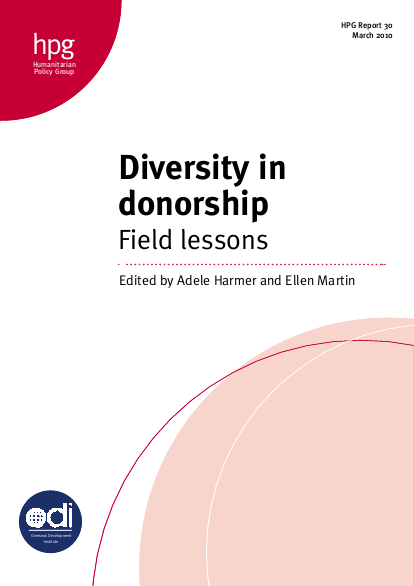
The study examined three emergency responses: the South Asian earthquake of 2005 and floods in June 2007 in Balochistan and Sindh provinces; the response to the Israeli offensive in Lebanon in 2006; and the ongoing response to the protracted conflict in Darfur, Sudan. Specifically, each case study examined how foreign policy and strategic interests affected aid donorship, and how interventions were determined and projects prioritised, including the extent to which funding was given according to assessed need. The studies reviewed non-DAC response planning with the affected state and partner organisations, and the mechanisms through which aid was channelled, both bilateral and multilateral, and the means of disbursement. They considered whether and how non-DAC donors participated in wider coordination efforts, and the extent to which implementing partners were encouraged to be active in field and sector coordination exercises, such as the cluster approach. Finally, the case studies examined approaches to measuring impact, including the impact of non-DAC donor assistance within the wider humanitarian response, as well as how activities were monitored and evaluated.